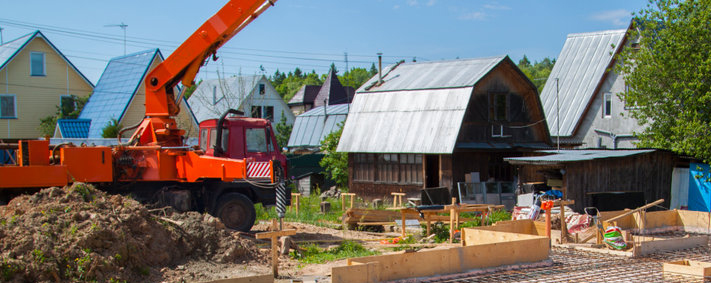Let’s Understand Concrete Pumping!
What Is Concrete Pumping?
At first thought, you may be thinking… it’s a pump for concrete, duh! And while that’s true, you might want to know a little more about it.
The concrete pumping machine has two cylinders with pistons. There is a container called a hopper where the concrete starts its journey to your project. The pistons create air pressure. The first one to draw the liquid concrete from the hopper into the first cylinder. At the same time, the second piston pushes the concrete out using a discharge pipe. Then they switch jobs. There is a valve to switch the cylinders between the hopper and the discharge pipe. This allows the concrete to flow continuously and not come out of the discharge pipe in clumps.
Who Can Use Concrete Pumping?
Pumping concrete is not just for large, commercial construction projects. 21% of all concrete pouring jobs are carried in wheel barrows or buckets by regular home owners. Even a homeowner building a small patio can save time and money pumping concrete instead of moving it in a wheelbarrow or bucket.
Currently 45% of concrete jobs pour from a truck the old fashioned way. But what if your job is too far away for a truck to back in? This is why the growing industry now holds 34% of the projects created. (These stats are taken from Trucking info’s September 2019 article Business is Booming for Mobile Concrete Pumps.)
So In Short…
The size of your job doesn’t matter. Big or small, concrete pumping can be a viable option. In most situations, you will find that there are overall cost savings in using concrete pumping for you job. You’ve all heard it said that “Time Is Money”, so even if concrete pumping is more expensive than other pouring methods, the savings in labor and time can more than offset the service.
Next month, we’ll talk about the different kinds of pumps! So let’s get this party pumping!




